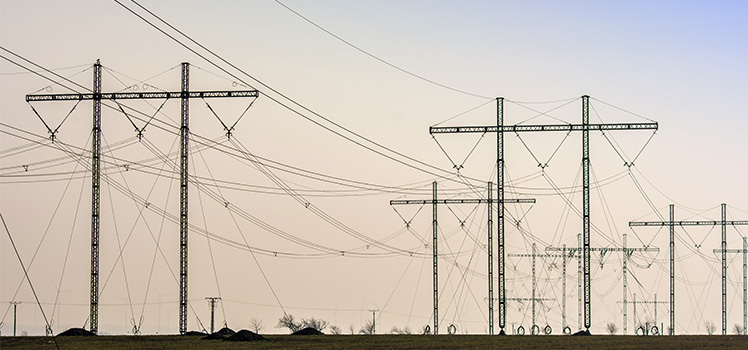Reroute or redirect IP traffic from one data center to another for disaster recovery
Many organizations have a business continuity or disaster recovery plan and have even implemented multi-data center redundancy with servers and other critical infrastructure at a separate location to that of their primary site. But the challenge every organization faces is how to easily and seamlessly redirect traffic from one site to another when disaster strikes.
While researching options, many IT professionals come across concepts for implementing BGP or GSLB (Global Server Load Balancing) but both of these solutions require advanced technical knowledge, capable ISPs or both and are not trivial to configure and maintain.
At Total Uptime, we have two solutions that can help with this common challenge.
A DNS-based solution that can automatically change IP addresses attached to ‘A’ or ‘AAAA’ records when a monitor detects that your primary site is down, and a network-based solution that simply redirects traffic without having to update DNS… much like a hardware router or load balancer would do.
The secret behind both of these solutions is based on one thing: an advanced monitor. More than just a PING test or a GET request, our advanced monitors check the availability of your servers, devices or applications from multiple points around the world. 3 checkpoints in the USA, 1 checkpoint in Canada, 1 checkpoint in Europe and 1 checkpoint in APAC. By checking from multiple locations around the world and by checking real-world application availability (like whether specific content shows up on your home page, for example) you’re guaranteed the ability to accurately detect when a device is truly down.
When we’ve confirmed “DOWN”, we redirect traffic. With DNS, an automated change to the IP address is all that is required. And because we run a low TTL of 60 seconds, users around the world will be directed to the new IP address within 2 to 3 minutes. With our Networking solution, users are almost instantaneously redirected to the alternate device(s) without an IP change. That is all done behind the scenes, in a similar fashion to changing the NAT address on your firewall. The public IP remains the same, but the back-end IP has changed, seamlessly routing traffic without the user knowing.
The solution that best fits your needs depends entirely on your requirements.
For some clients, the delay of 2 to 3 minutes is perfectly acceptable. For others, speed is of the essence, and changing the IP seen in DNS is not an option. If you have a unique situation you’d like to discuss with us to understand which solution may be the most appropriate, just reach out to us via our contact form or telephone number at the very top of this page. We’re happy to dialog with you as much as necessary to better understand your unique requirements and to see if we can help.
 What is an Application Delivery Network?
What is an Application Delivery Network?  Global Server Load Balancing (GSLB)
Global Server Load Balancing (GSLB)  Measuring Failure
Measuring Failure 


